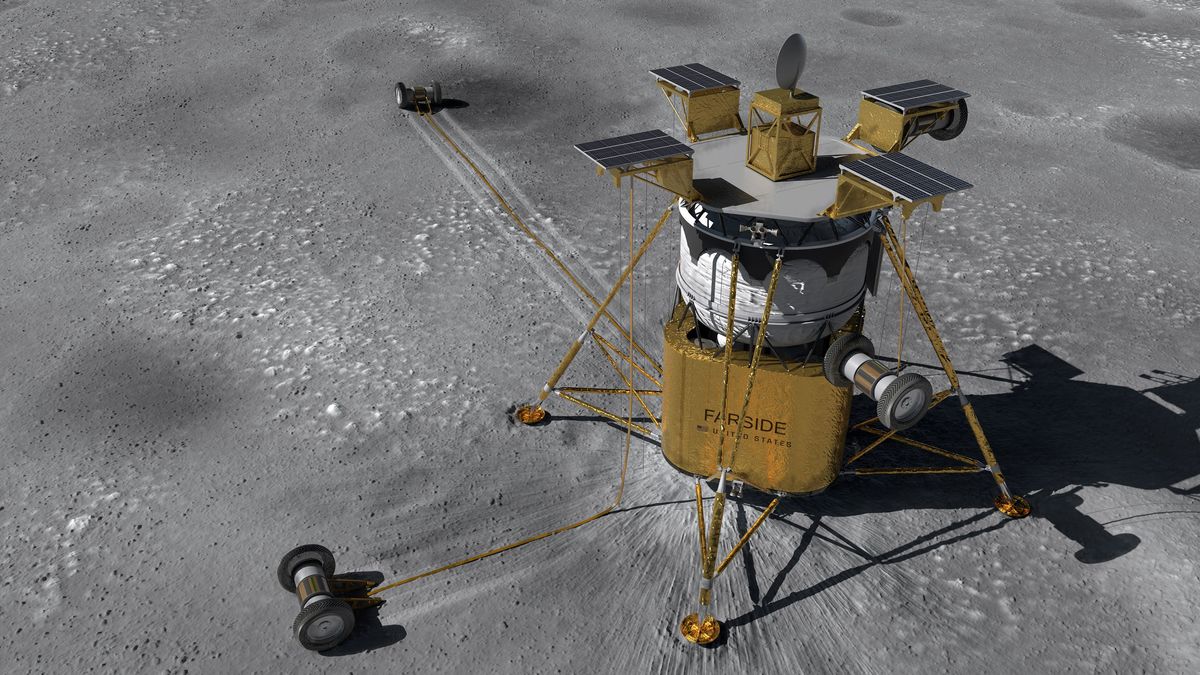The eloquently named Draft Solar Programmatic Environmental Impact Statement outlines some of the best areas for solar power in six western states. It excludes a number of types of area: "those prohibited by law, regulation, Presidential proclamation, or executive order; lands with slopes of 5 percent or greater and/or sunlight levels below 6.5 kilowatt-hours per square meter per day; and areas with known resources, resource uses, or special designations identified in local land use plans that are incompatible with solar energy development."
That may seem like a lot of exclusions, but the Bureau of Land Management (part of the DOI) manages 120 million acres in the six western states alone. Even with all the exclusions, about 22 million acres are left over that could be suitable for development, and 677,400 acres have been included in the solar energy zones; the zones are in California, Colorado, Nevada, New Mexico, Utah and Arizona.
The government's aim to fast-track renewable energy development also means that the permitting processes for big solar projects are moving relatively quickly. Eight industrial-scale solar plants have been approved recently, which will eventually produce 3,572 megawatts of electricity. If all of the additional 104 applications currently on file with the BLM are built, that would mean another 60,000 megawatts.
These are lofty goals, no doubt, given that the total installed solar capacity in the US only climbed past 2,000 MW in 2009. However, it has become increasingly clear that solar installations have only begun to scratch the surface of both the US and worldwide potential. As discussed here earlier, some see the potential to jump as high as 980 gigawatts of solar power around the globe by 2020, so the joint DOI/DOE effort to get that started is certainly a good step.
(Image via DOE/DOI)
Dave Levitan is the science writer for FactCheck.org, where he investigates the false and misleading claims about science that U.S. politicians occasionally make.




